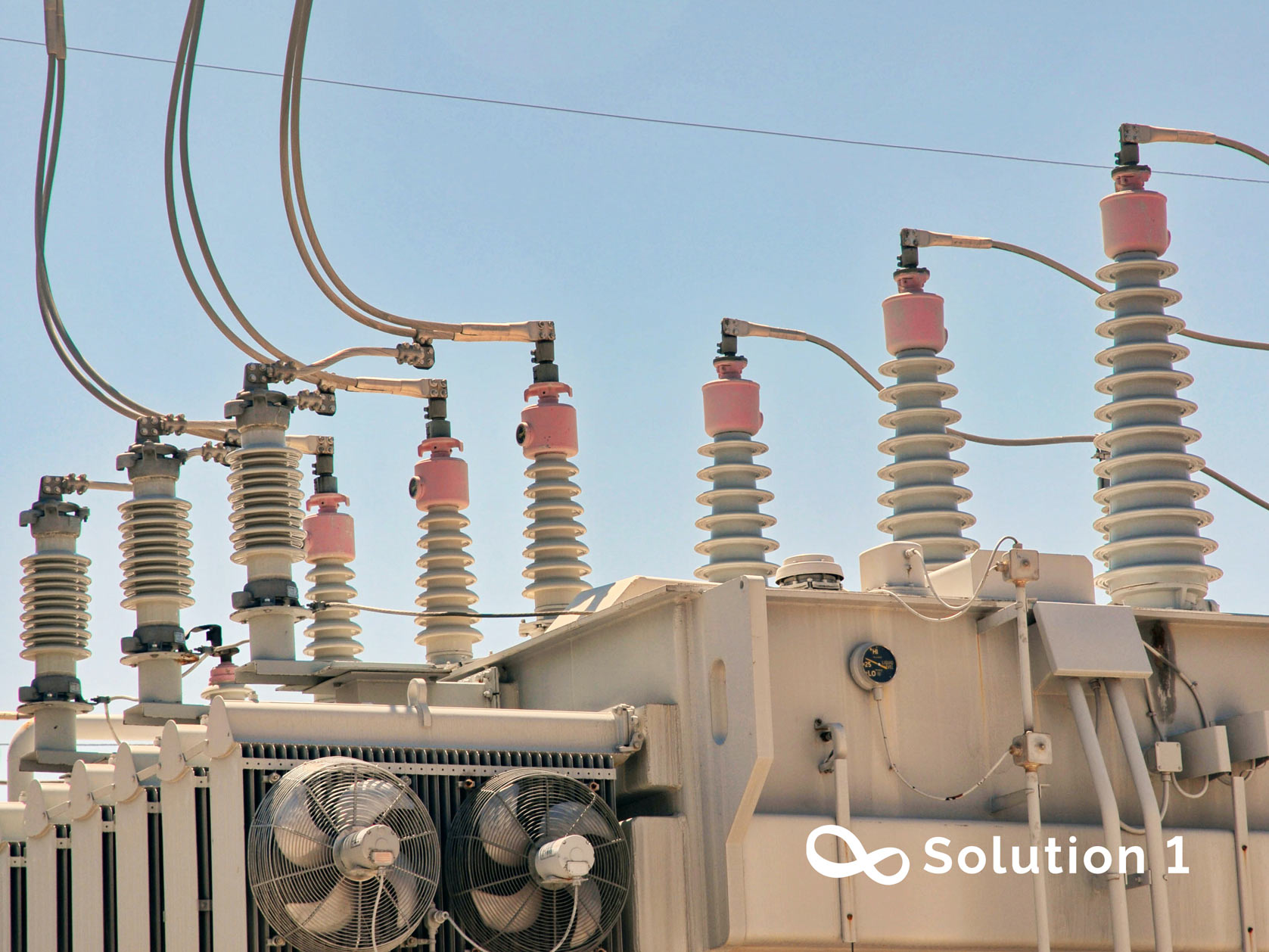Electric vehicles’ large-scale adoption could impact power systems worldwide.
The electrification of conventional vehicles requires sufficient charging stations and long-lasting batteries with high charge density to back the electric vehicle for longer travel distances and better propulsion. In recent times, the government and industrial entities have come forward with innovative regulatory policies and incentives to bolster necessary research and experiments to lower the electric vehicle unit cost and improve user convenience with electric vehicle charging and maintenance.
The use of electric vehicles could be more economical, with a lower CO2 footprint than traditional ICEs. For the ICEs, the fuel conversion efficiency usually lies below 30%, making the overall efficiency lower than 60%. electric vehicles’ electricity-to-mechanical power conversion efficiency could reach nearly 77%, contributing to overall 85 to 90% vehicle efficiency.
In 2018 alone, 78 Mt CO2-eq of emission resulted from ICE compared to 38 Mt CO2-eq for electric vehicles. The amount of CO2 reduction by the electric vehicle largely depends on the energy sources and electric vehicle charging pattern. The required electrical power for electric vehicle charging could be drastic. In 2018, the global electric fleet consumed more than 55 TWh of electrical energy. The electric vehicles in China alone comprise 80% of the total electric vehicle electrical energy consumption.
In 2017 fewer than 150 000 cars of electric vehicles were registered in Europe. Nevertheless, it is expected that by 2030 the number of electric vehicles will be oscillating around 125 million cars worldwide, which will put an additional load on existing power systems.
On the assumption that 15% of all cars registered in the European Union are electric, electricity demand will increase by 95 TWh per year, which will be equal to around 3% of total electricity consumption in all EU countries. On the other hand, every electric vehicle is equipped with a battery, which can be used as an energy storage system, capable of sending power back to the grid during peak demand periods and storing energy when demand is low.
It is estimated that the total emission from the ICEs would show an annual 1.9% drop till 2040. By 2040, the vast adaptation of EVs might have a more dominant role in the electric vehicle market growth and culture. The global presence of electric vehicles was estimated in 2018 to cross 130 million units by 2030; as of 2022, the electric vehicle population has surpassed the 11 million range.
However, the drastic rise in electric vehicle adoption would warrant an immense burden on the traditionally built power grids, which were not designed to carry the sporadic enormous demands from the random charging of electric vehicle fleets. Moreover, the electrical components, such as power transformers and generator units, would become very vulnerable to the change in system frequency when great demand from electric vehicles is inserted or discarded rapidly to or from the power grid.
Thus, the power system’s maturation is essential to uphold vast electric vehicle growth. In this regard, many government incentives are required to bear the high cost of upgrading or replacing the existing power infrastructure. The great demand for electric vehicles could be addressed by distributing and placing generating units alongside the large electric vehicle charging infrastructure and with proper electric vehicle scheduling.
The battery and power electronics stages are now being explicitly considered to extract the power stored within the onboard battery units of electric vehicles. The DC energy would then be inverted and fed to the power grid in times of greater demand than the generation limits, implementing the vehicle-to-grid scheme. Controlled vehicle-to-grid scheduling could shave peak load demand, make room for renewables integration, and reduce charging costs.





